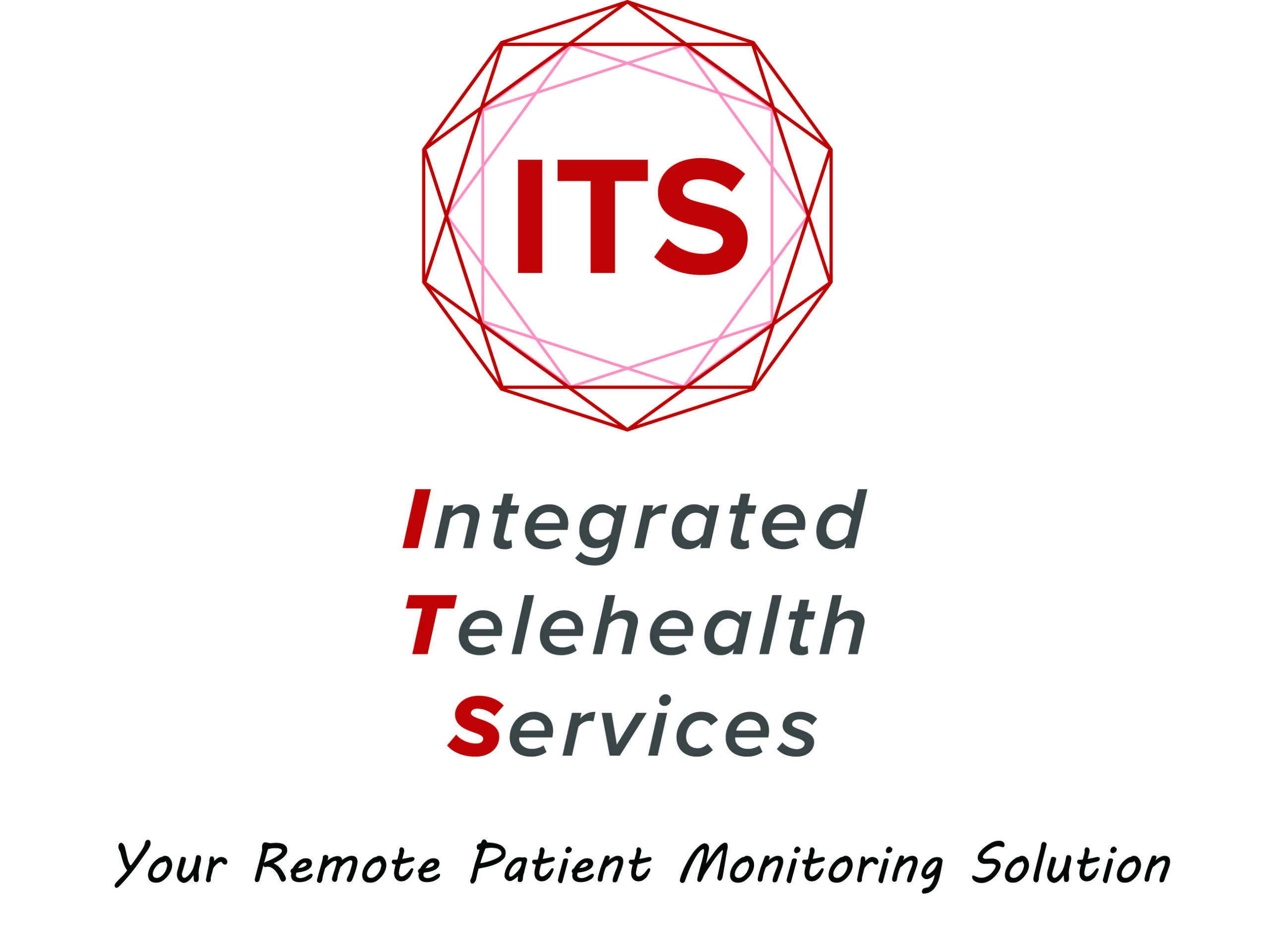Every clinic has a different workflow and level of staffing. In smaller practices, nurses and clinic staff can spend more time with each patient, but in a larger practice, it can be a challenge to maintain the same level of attentiveness. It’s incredibly valuable to be able to monitor patient progress without being able to directly observe them at all times. Thankfully, remote patient monitoring makes it possible for you and your team to keep track of patients even when you aren’t right there beside them.
Why Tracking Patients is So Important
Tracking patients is important for a number of reasons. First, it enables you to keep tabs on their health, which means you can spot any issues early and refer them to a specialist if necessary. This keeps your patients healthy and reduces the risk of them requiring more serious treatment later on. If a patient is in pain or has a condition that requires treatment, tracking lets you know if they’re sticking to the treatment schedule and taking their medication as prescribed. You can also see whether they’re experiencing any side effects from the medication. Tracking patients also allows you to see if they’ve followed up with specialists or if they’ve stuck to a recommended treatment plan. All of this is helpful for planning the workflow of your clinic and assessing the performance of your staff.
Why is Remote Patient Monitoring so Important for Clinics?
Remote patient monitoring lets you keep track of your patients without being physically present with them. This takes the pressure off your clinic staff and allows them to focus on their work and provide better care to lower volumes of in-person patients. Better care means more detailed care, more satisfied, loyal patients and fewer complaints. ITS can help you seamlessly integrate RPM systems in your practice. Learn more about the types of data we can collect here.
Remote Patient Monitoring Decreases Pressure on the Healthcare System Overall
The healthcare system is buckling under the weight of aging populations and increased demand for healthcare. RPM can help lessen the load on the healthcare system by capturing valuable data about patients without the need for hands-on appointments. Remote patient monitoring can help your staff stay on top of patient check-ins and progress, so you don’t have to dedicate time to following up with each patient. This lets you spend less time on paperwork and more time providing care, which means better service for your patients. Remote patient monitoring gives your staff a birds-eye view of the workflow in your clinic, which helps you make adjustments as needed. If a patient isn’t sticking to their treatment plan, you can let your staff know so they can follow up with them virtually.
Bottom line
As a clinic manager or physician-owned practice, you want to make sure your staff is using their time efficiently, and you want your patients to receive the care they need. Remote patient monitoring lets you do both of these things while taking some of the pressure off your clinic staff and letting you focus on what matters most: your patients. When you’re able to keep tabs on your patients remotely, you can see when they need help and provide quick, efficient care.

